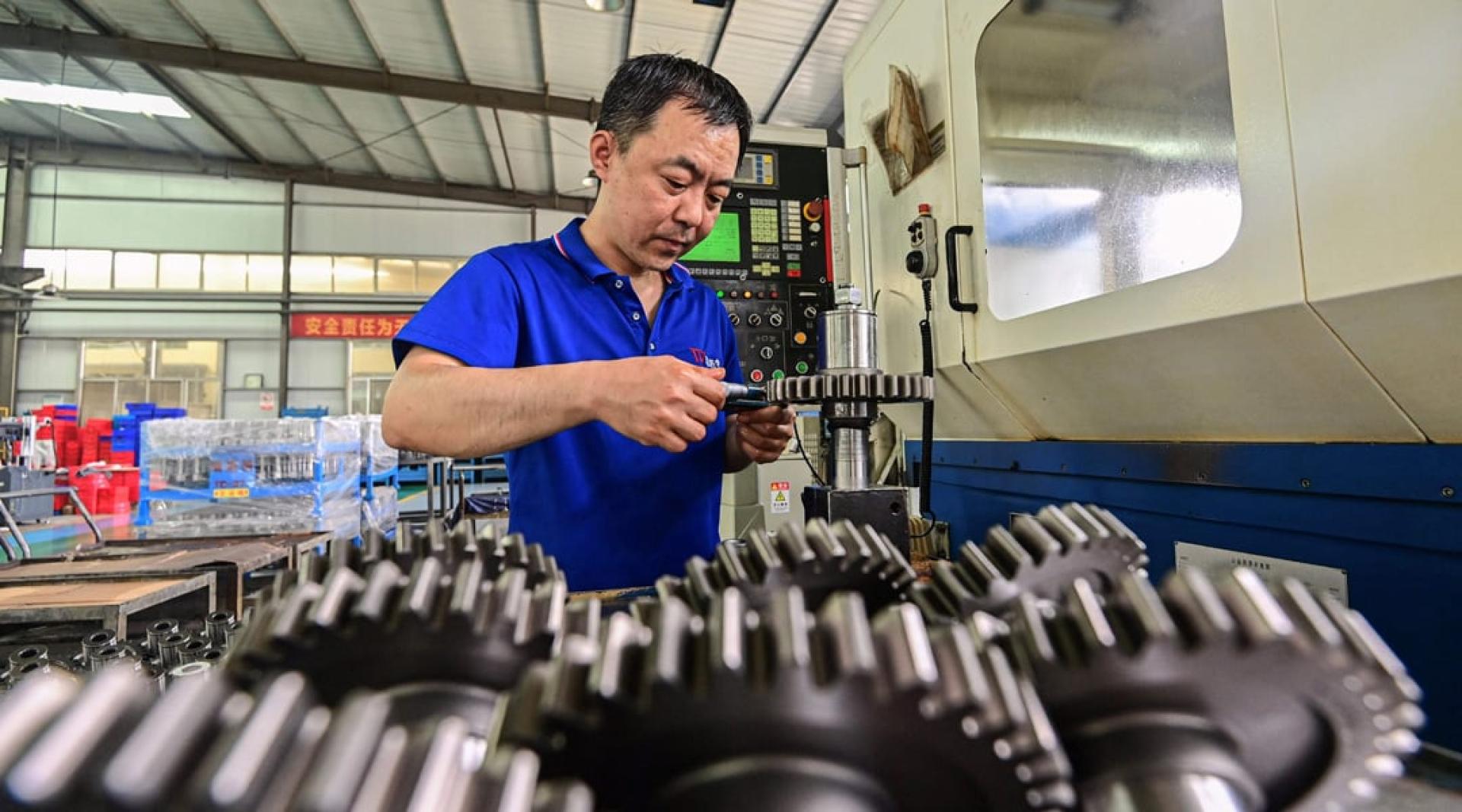In the first half of 2025, China’s exports reached 13 trillion yuan (7.72 trillion ringgit), marking a year-on-year increase of 7.2%.
According to a report by Lianhe Zaobao, data released by China’s General Administration of Customs on the 14th show that the country’s goods trade imports and exports totaled 21.79 trillion yuan (12.93 trillion ringgit) in the first six months, up 2.9% year-on-year.
Among these, exports were 13 trillion yuan, up 7.2%, while imports were 8.79 trillion yuan (5.22 trillion ringgit), down 2.7%. In June, imports and exports, as well as both exports and imports alone, all achieved year-on-year growth, with the growth rates rebounding.
The General Administration of Customs stated that this year, despite a complicated and severe international environment, China’s foreign trade has maintained strong resilience, achieving overall growth in volume, improvement in quality, and manageable changes in variables.
Vice Minister Wang Lingjun of the General Administration of Customs said there are five main characteristics: First, the scale of foreign trade has grown steadily. In the first half of the year, the scale of China’s imports and exports held steady above the 20 trillion yuan (11.87 trillion ringgit) mark, setting a new historical high for the same period. From a quarterly trend, imports and exports in the second quarter grew by 4.5% year-on-year, 3.2 percentage points faster than the first quarter, maintaining growth for seven consecutive quarters.
Second, the ‘circle of friends’ in foreign trade is more diverse. In the first half of the year, China's imports and exports with Belt and Road Initiative countries totaled 11.29 trillion yuan (6.7 trillion ringgit), up 4.7%, accounting for 51.8% of total imports and exports—an increase of 0.9 percentage points compared to last year. Of this, imports and exports with ASEAN reached 3.67 trillion yuan (2.18 trillion ringgit), up 9.6%. Over the same period, trade with the EU, South Korea, and Japan also achieved growth.
Third, export momentum is shifting to higher quality and innovation. In the first half of the year, China’s exports of electromechanical products reached 7.8 trillion yuan (4.63 trillion ringgit), up 9.5%, accounting for 60% of total exports—an increase of 1.2 percentage points from last year. Of these, exports closely related to advanced productivity in high-end equipment increased by more than 20%, and the so-called “new trio” of green and low-carbon products rose by 12.7%.
Fourth, expanding domestic demand is stabilizing imports. With continued efforts from policies such as 'two priorities' and 'two new,' imports turned positive in the second quarter. In the first half, imports of mechanical equipment for petrochemicals and textiles grew at double-digit rates; key electronic components also saw rapid growth, and the import volume of critical raw materials such as crude oil and metallic ores increased.
Fifth, the vitality of foreign trade business entities continues to be unleashed. In the first half, there were 628,000 enterprises with actual import and export operations—the first time in history this number exceeded 600,000 for the same period, representing an increase of 43,000 over last year. Of these, 547,000 were private enterprises, with imports and exports growing by 7.3% and accounting for nearly 60% of total imports and exports.
